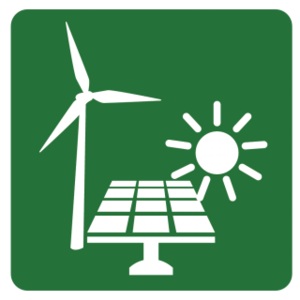Current Score
The Climate Action Playbook is a plan for how our community can reduce greenhouse gas (GHG) emissions and address climate change. Just as a sports playbook identifies a team’s winning strategies for achieving success on the field, the Climate Action Playbook contains winning strategies to meet California’s new targets for deeper emissions reductions. We are aiming to reduce emissions by:
- 56% below 1990 levels by 2030 (exceeding the State’s 40% by 2030 target), and
- 85% below 1990 levels by 2045.
The Playbook lays out the following path to achieving these targets:
- Six key Strategies that outline the overarching approach for bold climate action.
- Nineteen Plays within the Strategies that identify areas for action and measurable targets to define progress.
- Game Plan 2028, which contains 66 “Next Moves” (specific actions) that the City and community can collectively take to address climate change.
Our Climate Action Playbook targets align with two state policies. The California Global Warming Solutions Act, AB32, was the first policy in California to require sharp reductions in GHG emissions. Its emissions reduction standards are what set Sunnyvale’s Climate Action Playbook targets. AB 32 aims to reduce emissions to 1990 levels by 2020 and 40% below 1990 levels by 2030. 1990 levels are defined as 15% below a business-as-usual scenario. In the absence of 1990 emissions data by sector, the City used its first inventory for year 2008 to determine our 1990 levels. As of 2022, Sunnyvale’s community-wide emissions were 26% below 1990 levels. The second state policy is the California Climate Crisis Act, AB1279, to achieve carbon neutrality by 2045. AB1279 aims to achieve net zero greenhouse gas emissions as soon as possible and ensure that by 2045, statewide greenhouse gas emissions are reduced to at least 85% below 1990 levels. As of 2024, Sunnyvale has aligned our carbon neutrality target with AB1279.
To learn more about sustainability efforts in Sunnyvale, Read the full Climate Action Playbook and visit the City of Sunnyvale Sustainability webpage.





































































































































